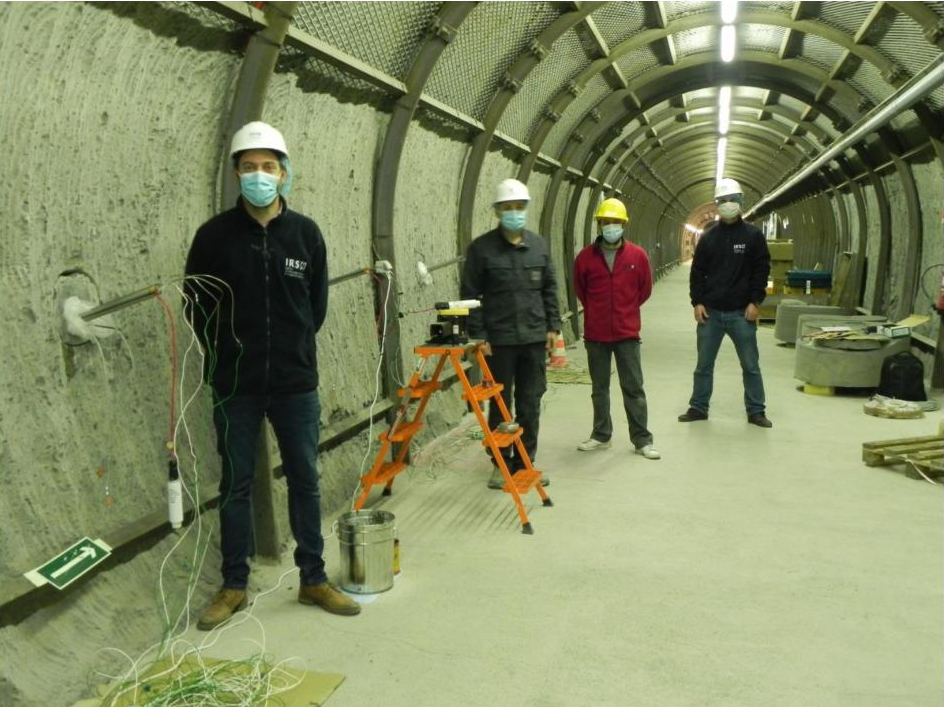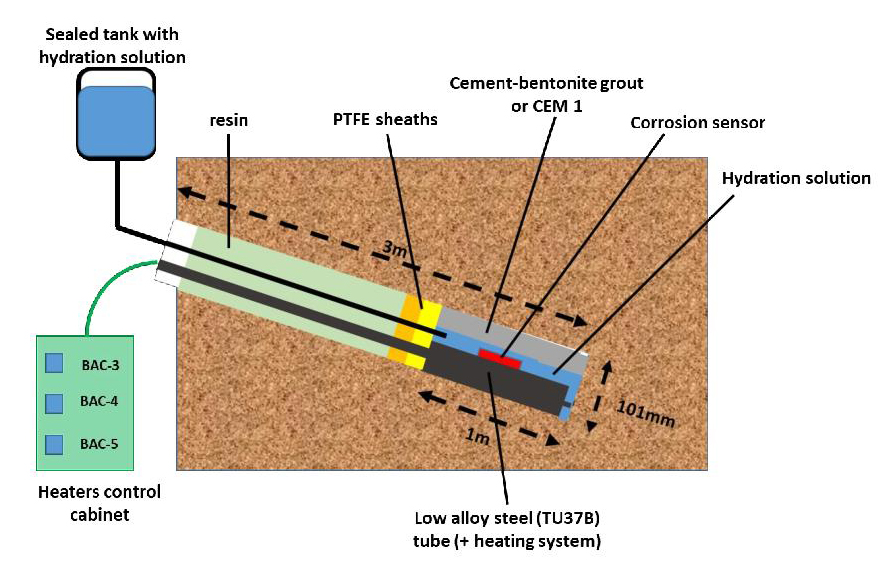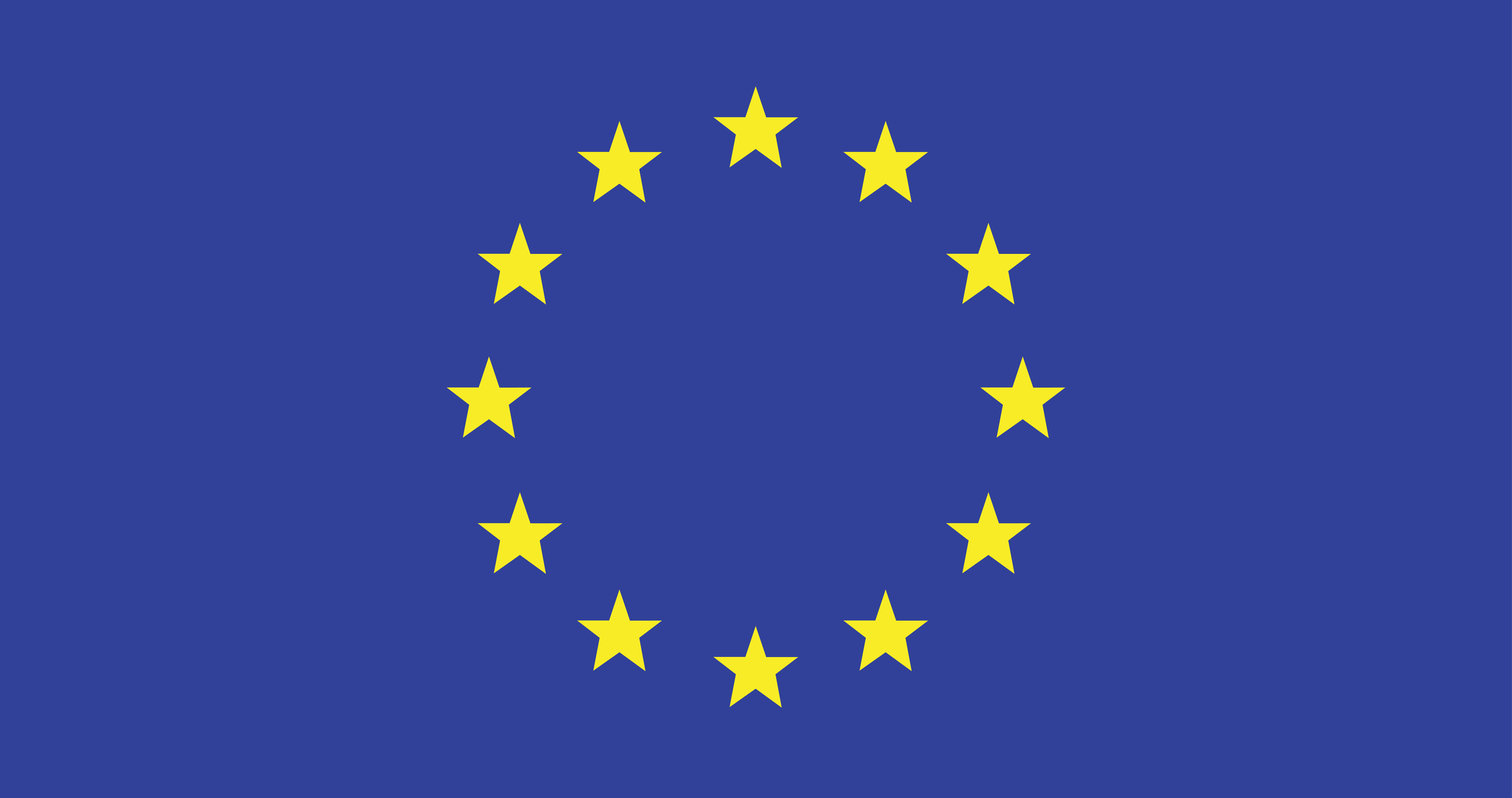Bel V participated in the installation of a new experiment in the IRSN Underground Research Laboratory at Tournemire

In Belgium, the privileged solution by ONDRAF/NIRAS for the long-term management of high level and low- and intermediate-level long-lived radioactive waste is the emplacement in a geological disposal facility. In such facilities, the radioactive waste is confined and isolated deep underground by several natural and engineered barriers. The engineered barriers can consist of several materials (e.g. bentonite, cement, steel). Understanding the ageing of these materials in disposal conditions is a key factor to assess the safety of a disposal facility as their degradation could induce notably groundwater ingress towards the waste and/or the creation of preferential migration pathways for the radionuclides. A particular attention should be paid to the interfaces where contact between different materials may induce specific ageing phenomena. For example, in the high-level radioactive waste disposal galleries, waste packages could be emplaced in a cement material surrounded by a steel liner. During the thermal phase (i.e. the period after the emplacement of the waste, when its residual power will cause a significant temperature increase in the near-field of the facility), such interface between steel and cement materials may undergo a temperature of several tens of degrees Celsius, leading to specific ageing phenomena. The understanding of the evolution of such interfaces during the thermal phase, as well as the impact of possible heterogeneities (e.g. voids at the interface) on this evolution, are important scientific challenges. In the framework of the “European joint programme for radioactive waste management” (EURAD, Work Package ACED: “Assessment of chemical evolution of HLW and ILW disposal cells“), Bel V contributes to new in situ experiments (named “BACUCE”) aiming at better understanding this evolution. These three new experiments were designed in collaboration with IRSN, Subatech, Ecole des Mines and ZAG and installed in September 2020 in the IRSN Underground Research Laboratory (URL) at Tournemire (France). Practically, each experiment is installed in a separate sub-horizontal borehole and consists of a saturated interface between a cement material and a carbon steel tube (see Figure 2).

A heater system, designed to heat the steel tube to 80°C, allows to simulate the thermal period at the interface. In each experiment, voids have been created artificially at the interface between steel and cement materials to represent possible heterogeneities that could occur in a disposal facility. In two experiments the cement material consists of a cement-bentonite grout. In the third experiment the cement material is a CEM I paste. The created heterogeneities are kept saturated thanks to periodic injections of a synthetic solution representative of a cement-bentonite grout or CEM I material. The corrosion rates are monitored continuously thanks to electrical resistance corrosion sensors. After several months of interaction, solutions will be sampled and the carbon steel tubes will be retrieved with their surrounding cement materials in order to characterise the physicochemical evolution of the materials and their interface. Geochemical and reactive transport modelling will be performed to support the interpretation of the characterisation results. The active participation of Bel V in this experimental and collaborative project is one of the deployed actions to answer the Strategic Research Needs identified by Bel V together with the Belgian Federal Agency for the Nuclear Control (FANC) to prepare the evaluation of the safety case for a future geological disposal facility.
The 3 new BACUCE experiments are managed in collaboration by:
C. Wittebroodt (1), A. Dauzères (1), J. Goethals (2), B. Zajec (3), V. Detilleux (4), L. De Windt (5)
(1) IRSN, PSE-ENV/SEDRE/LETIS, Fontenay-aux-Roses, France
(2) Subatech, Nantes, France
(3) ZAG, Ljubljana, Slovenia
(4) Bel V, Brussels, Belgium
(5) Mines Paris-Tech, Centre de Géosciences, France
These experiments are co-funded by the EC in the framework of the EC EURAD Project.
This project has received funding from the European Union’s Horizon 2020 research and innovation programme 2014-2018 under grant agreement N°847593.

Valery Detilleux
Bel V
valery.detilleux@belv.be